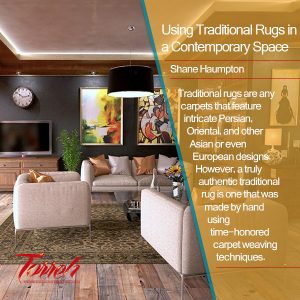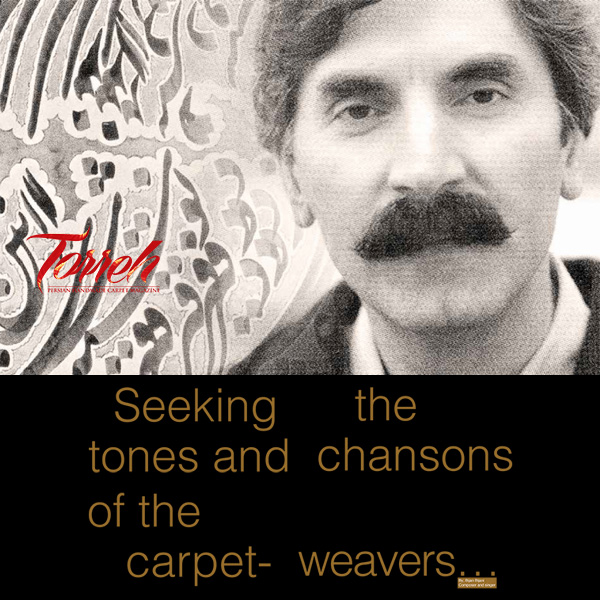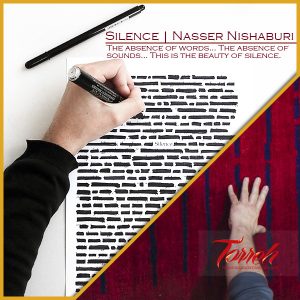Torreh's Interview with Ali Anvari, a painter whose canvases have turned into carpets
Tags
Ali Anvari - painterTorreh’s Interview with Ali Anvari, a painter whose canvases have turned into carpets
It is hard to believe… Just imagine after living far from homeland for 16 years, how can this artistic work still be a vibrating part of one’s life? Who knows the secret of its eternality? It is wonderful to see how relieving this art-industry has been to man’s mind and soul throughout centuries and how it can make artists create new and innovative works.
This is Germany but you can smell Iran at every single point of Ali Anvari’s expo. A brief look at the artistic and colorful paintings is enough to remind you of all the nostalgic memories of home back in Iran.
Ali Anvari is an Iranian artist who left Iran 16 years ago to study in Germany. He currently holds a BA degree in Arts from the Academy of European Arts and his main occupation is painting. Some of his recent exhibitions in the past three years include “An Abstract Iran”, “You Are Beautiful”, and “Art Workshop”. His artworks are a combination of his own paintings with his ancestors’ art of carpet weaving to present a new culture full of colors and images to the European visitors.
Using his painting tools, he has animated some old forgotten carpets to create creative works. Carpets from Kashan and Naeen, three small rugs and another carpet from Kashmar have turned into his canvas.
He has high regard for the carpets for being both handmade and Persian, as handmade carpets for him are works of art woven by feelings and passion that are preserved in them forever. In this sense, his work has been based on Persian carpets.
Getting back to One’s Origin
We, Iranians, get acquainted and later intermingled with Persian carpets’ colors and patterns from early childhood.
“I always try to return to my origin in my works and Persian carpet, with all its constituent elements, is a main part of my origin as an Iranian. My works generally originate from Persian art, colors, patterns, images, architecture and most importantly Persian carpet,” Anvari says.
He is also interested in abstract paintings. “My studies in European Arts may have been the reason for my interest in abstract paintings. Before working on carpets, all my previous works featured the abstract genre.”
Some works took a year to finish
Speaking about the number of his works featuring carpets, he notes: “I presented 7 works on carpets at my previous expo and now have 25 new works in my painting workshop some of which took even a year to finish.” He goes on to say that his last exhibition was held in a city bordering Germany, Luxemburg and France for 6 weeks that was widely reflected in the countries’ media.
Recreating Art
Anvari’s works have also been criticized by some critics who believe that Anvari should not have mixed the rugs and carpets with colors. On the contrary, those interested in his works figure that his innovative works have created a link between Iranian and German cultures and should therefore be praised. Anvari himself believes that he has been successful in conveying his message to the new European generation. “When they see my works, their first question is ‘why carpet?’ and then we will have a dialogue which leads to the answer to this question.”
It should be noted that colors are not easily placed into the carpets and this shows how hard the job is for the artist. “It is very difficult, as carpets are resisting colors all the time and constantly changing,” Anvari states.
Asked how Persian carpet can promote to a higher status, he replies: “Innovation and emphasis on the artistic aspects of carpet are the solutions. Surely, we would like to keep the originality of the works but through creativity and innovation, we can help raise the status of this art-industry in the world.”





